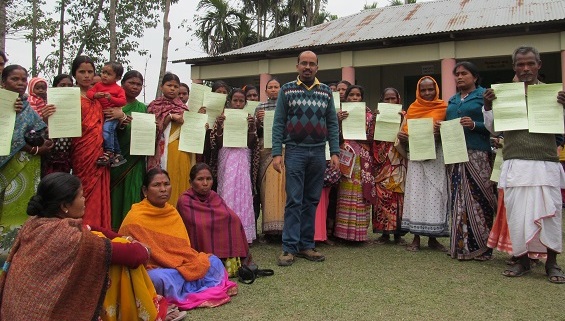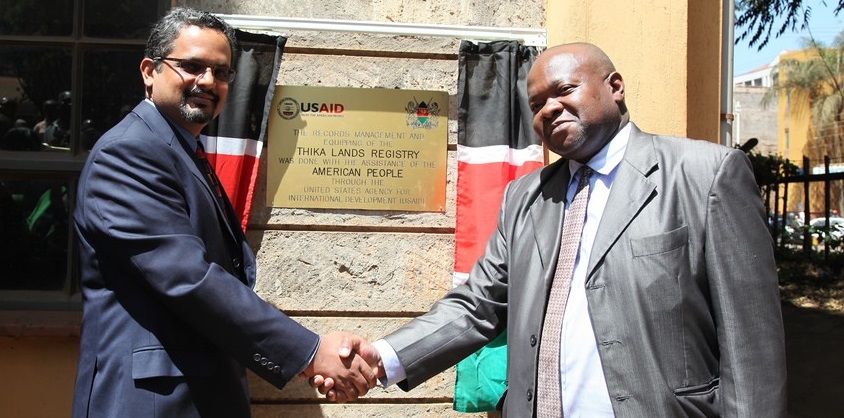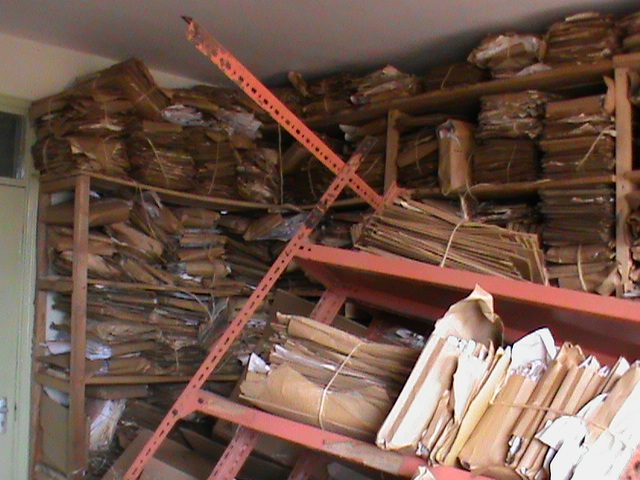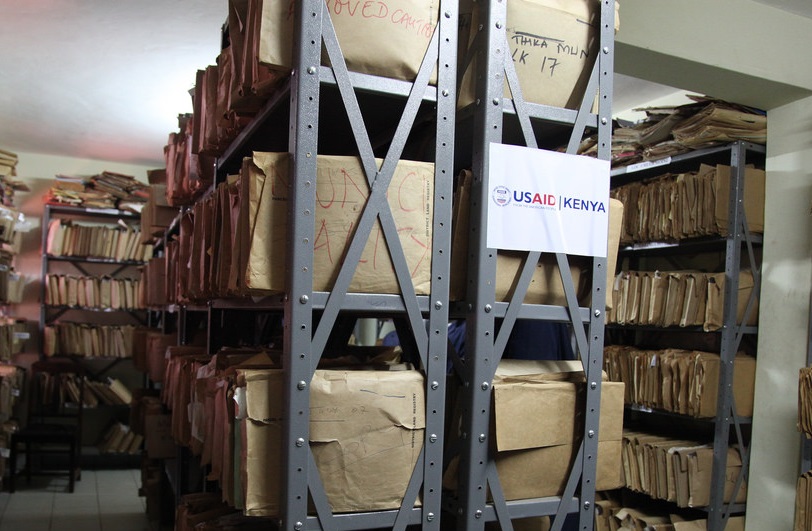USAID Land Tenure and Property Rights Division Chief Dr. Gregory Myers’s Remarks from Partners’ Support to the Voluntary Guidelines & Land Governance: Exploiting Synergies & Measuring Impact. Remarks posted as written.
The United States Government’s contributions to Ethiopia’s land administration reform began in 2004 with methodologies to promote more precise second level registration. During the course of two pilot projects, USAID-supported certification efforts led to the issuance of more than 500,000 land certificates to over 230,000 households. These certificates give holders the right to use and profit from the land. Evidence suggests that household productivity increased measurably in areas where certificates were issued. In one region where the certification program was implemented – the Southern Nations, Nationalities, and People’s Region (SNNPR) region – crop yields may have increased between 11 percent and 40 percent per acre with no other inputs.
In fact, these certification programs were so successful that the Government of Ethiopia scaled up the programs nationwide and solicited the investment of other bilateral and multilateral donors, including the UK – who are investing in the expansion of second level certification in Ethiopia. (Our partner, the U.K. is investing + or – 50 million pounds, while Germany with the EU is investing $3 million euros).
Thus far, the US has focused on improving property rights for smallholder farmers in the highland regions. For the US, the next challenge is to extend this same type of security to pastoral communities in the lowlands. Through USAID’s new Land Administration to Nurture Development (LAND) project, we will develop experimental approaches to secure the property rights of up to 15 pastoral communities by 2019. In addition the program will focus on training and capacity building for land administration.
The United States believes the new multi-stakeholder partnership between the governments of Ethiopia, Germany, the UK, and the US provides a model for greater coordination that will improve the effectiveness of our investments in securing land tenure and property rights in Ethiopia. We believe that this will accelerate progress toward achieving food security. We applaud the Government of Ethiopia for its commitment to strengthen rural land governance, and experiment with new models. We also welcome the opportunity to collaborate more closely with our partners, and we hope to see more of these partnerships developed in other countries in the future.




 In many of Kenya’s land registries, decades of paper files were piled on top of each other, leaving them vulnerable to accidental damage and loss as well as intentional manipulation, theft, and destruction. In 2012, through KTI, USAID helped the Nakuru Lands Registry organize and store over 100,000 paper records that had been piled in the registry’s storage rooms and halls. USAID also assisted the land registry with inventorizing land records electronically. The electronic inventory made routine land transactions dramatically faster by enabling the staff to conduct searches, check title details, and edit records. A
In many of Kenya’s land registries, decades of paper files were piled on top of each other, leaving them vulnerable to accidental damage and loss as well as intentional manipulation, theft, and destruction. In 2012, through KTI, USAID helped the Nakuru Lands Registry organize and store over 100,000 paper records that had been piled in the registry’s storage rooms and halls. USAID also assisted the land registry with inventorizing land records electronically. The electronic inventory made routine land transactions dramatically faster by enabling the staff to conduct searches, check title details, and edit records. A  Staff at the Kilifi Lands Registry noted: “We are now able to meet our service charter goals. We should be able to find a person’s file (complete a request) in 4 days. Before we improved our filing system (with KTI grant), we could never locate files. We could take days [looking for] files and it was very frustrating for people who had to come back day after day.”
Staff at the Kilifi Lands Registry noted: “We are now able to meet our service charter goals. We should be able to find a person’s file (complete a request) in 4 days. Before we improved our filing system (with KTI grant), we could never locate files. We could take days [looking for] files and it was very frustrating for people who had to come back day after day.”